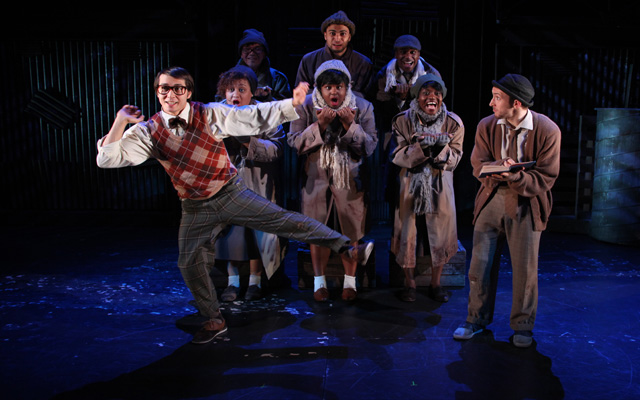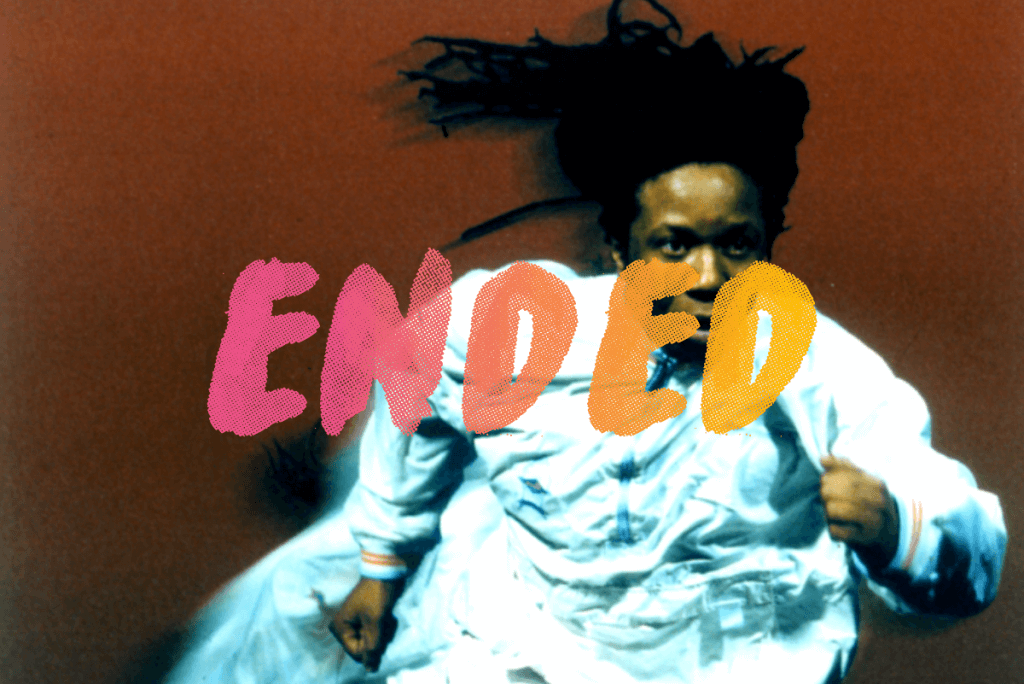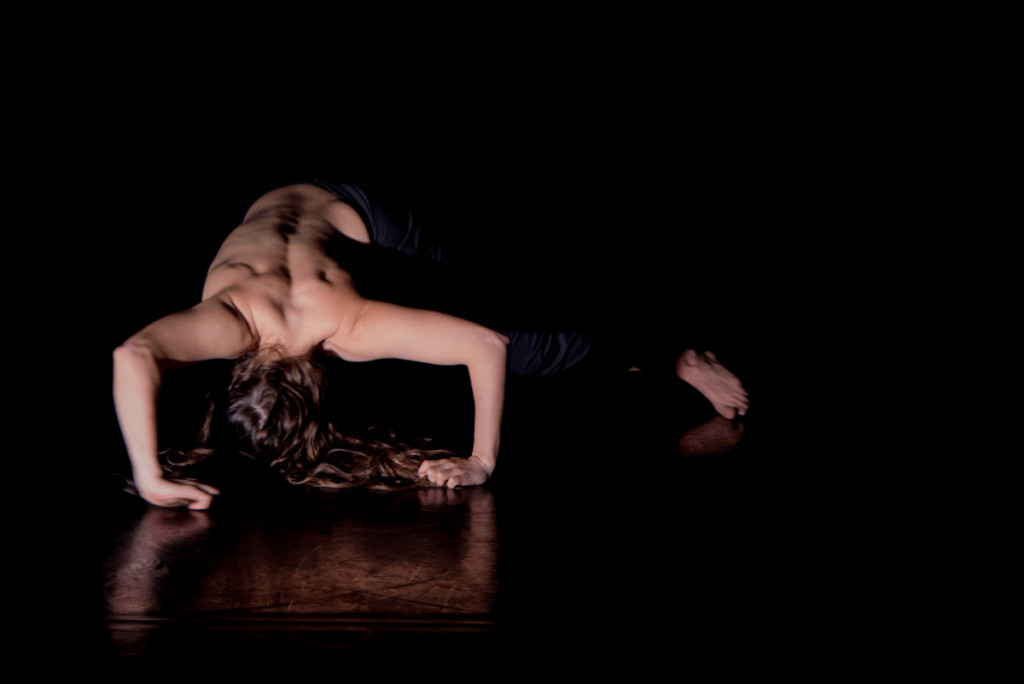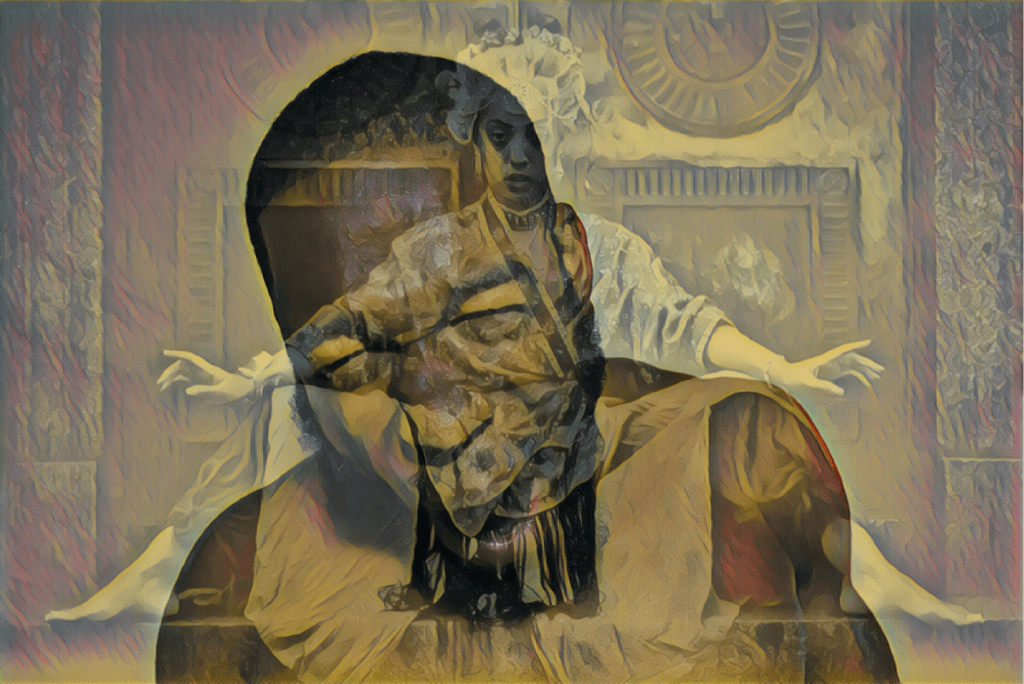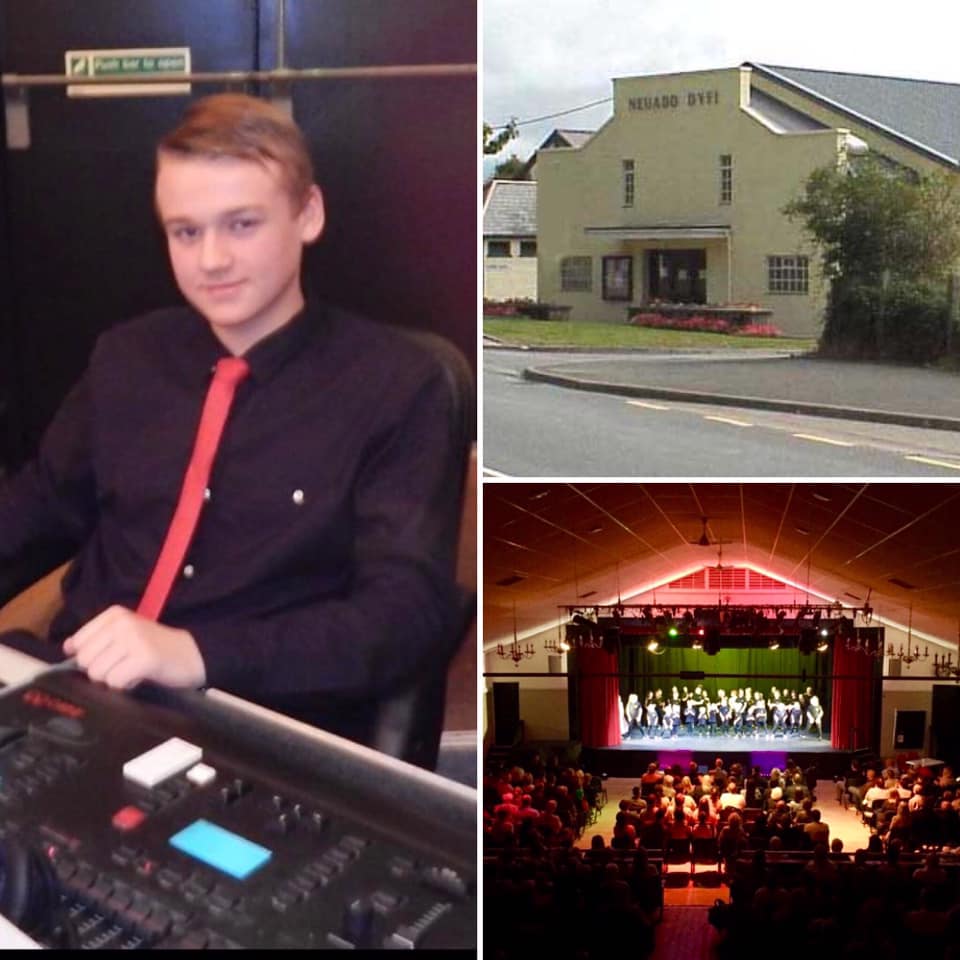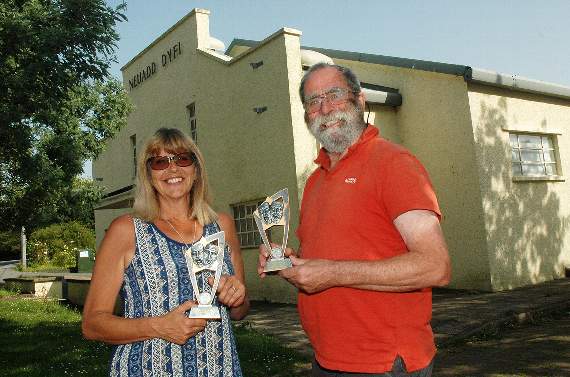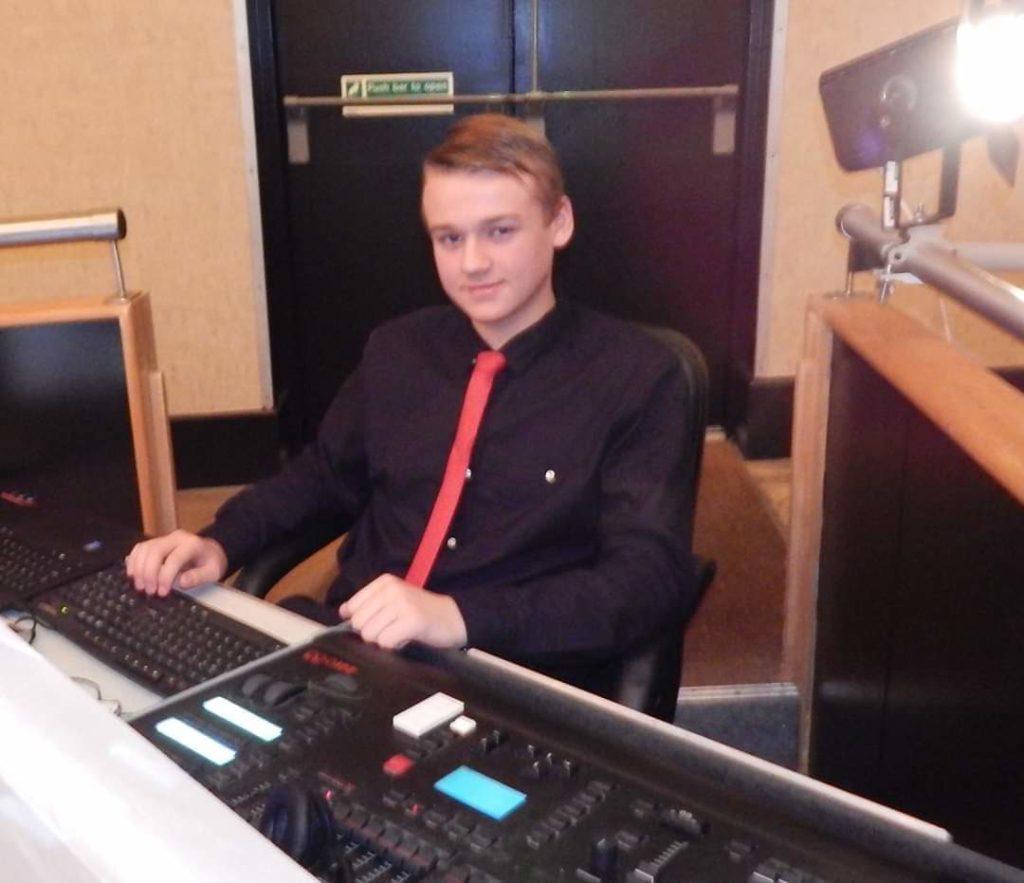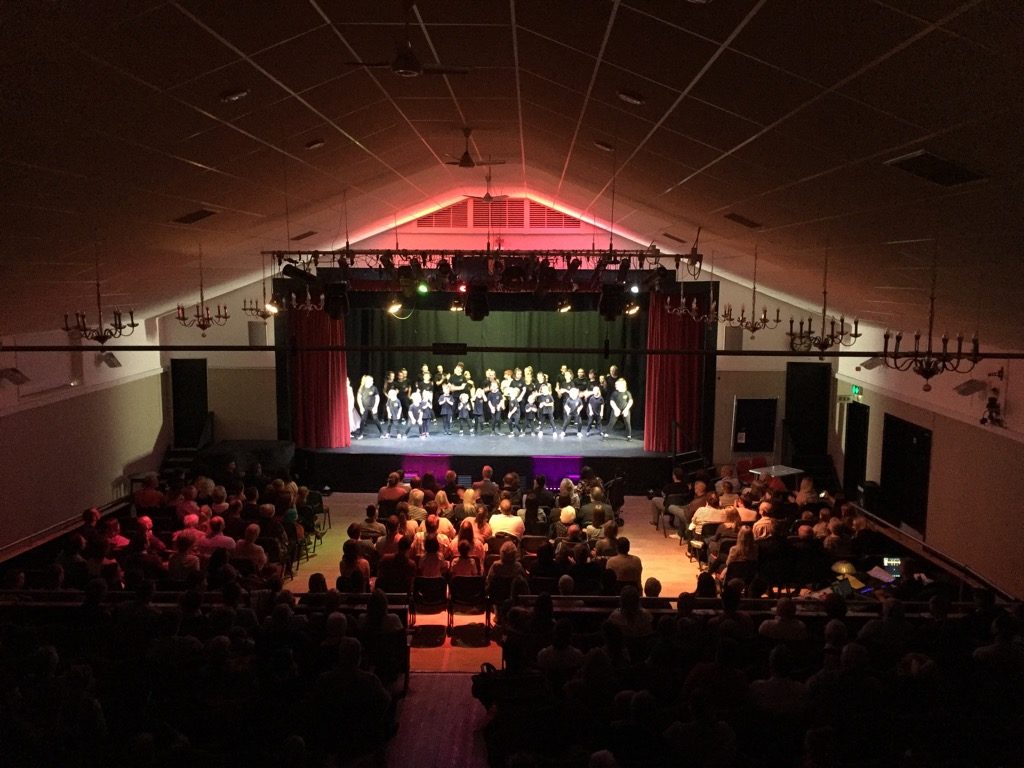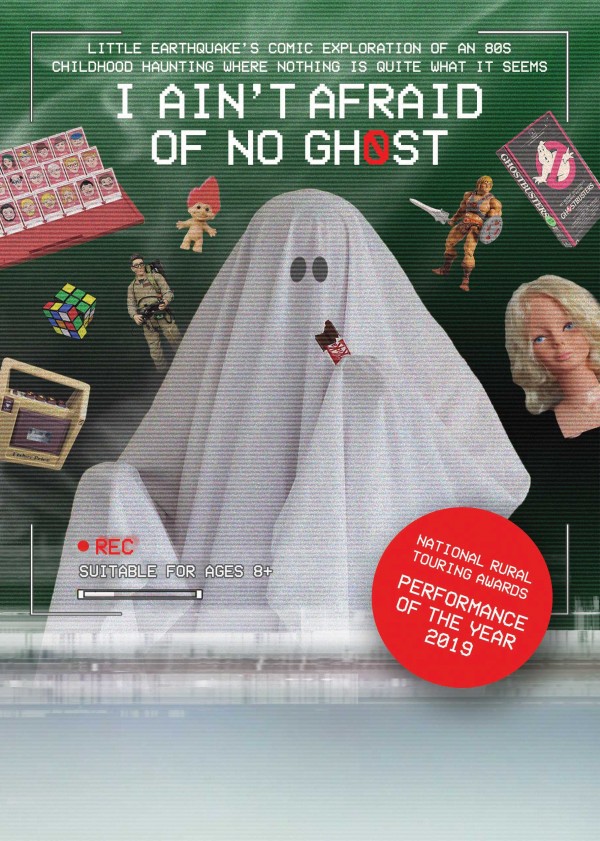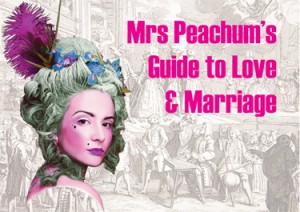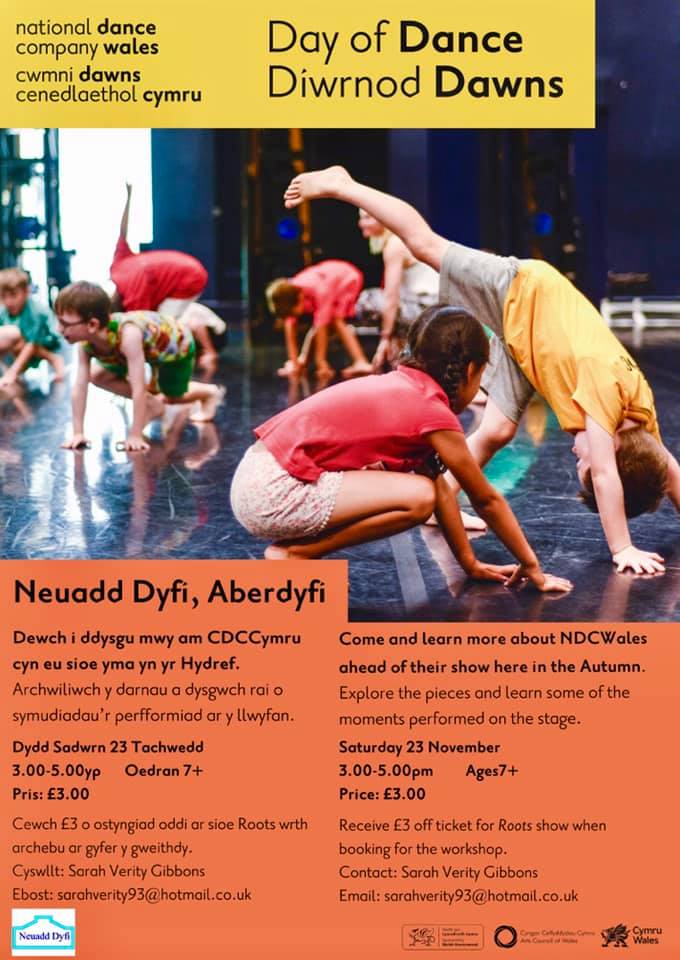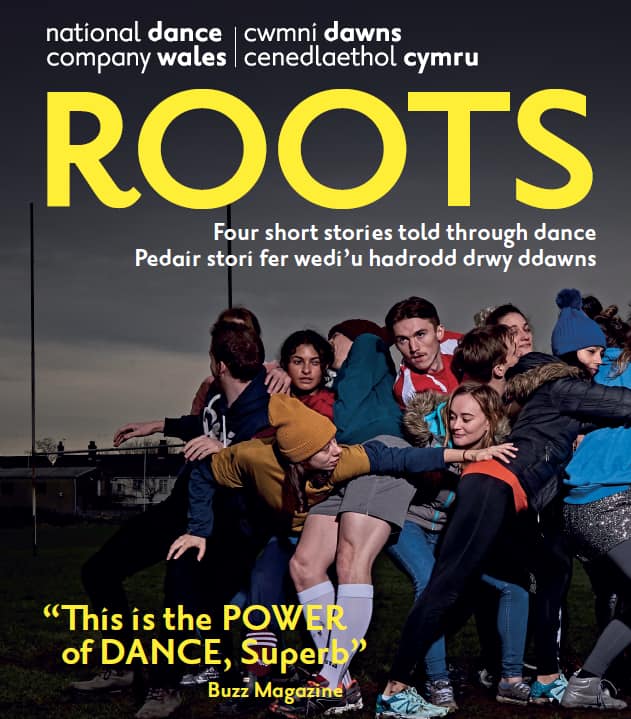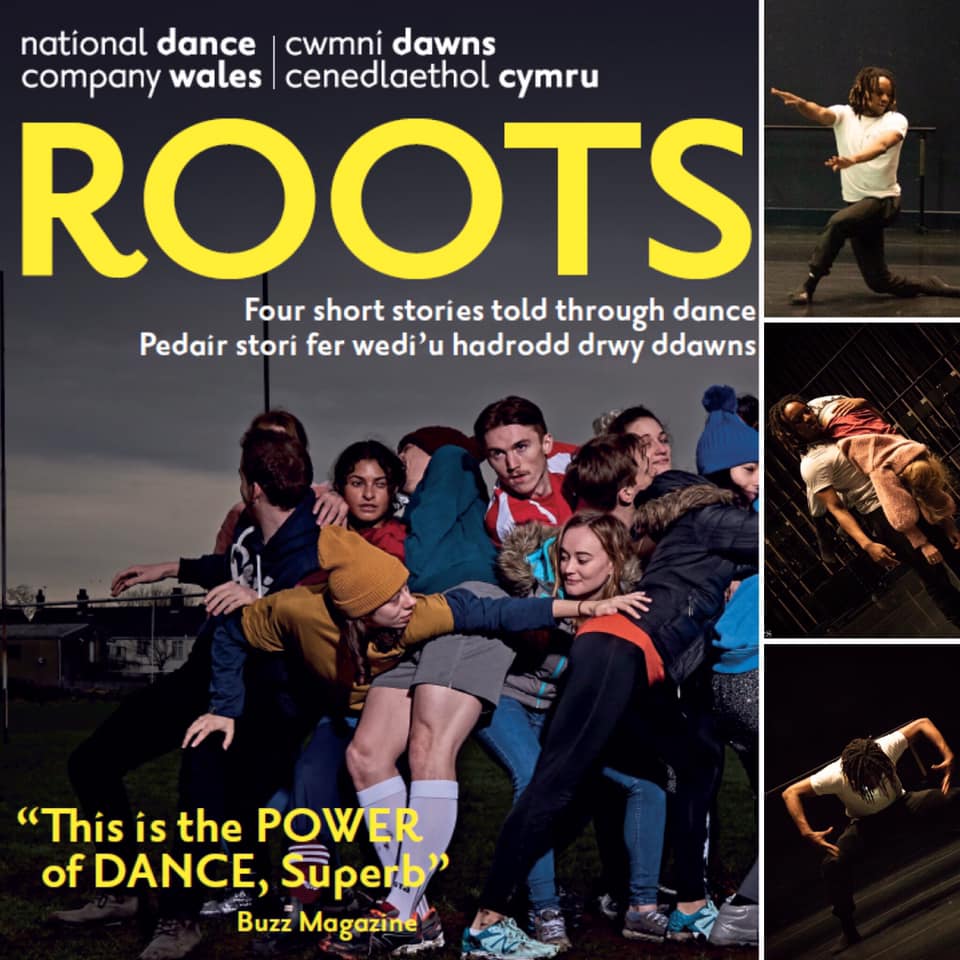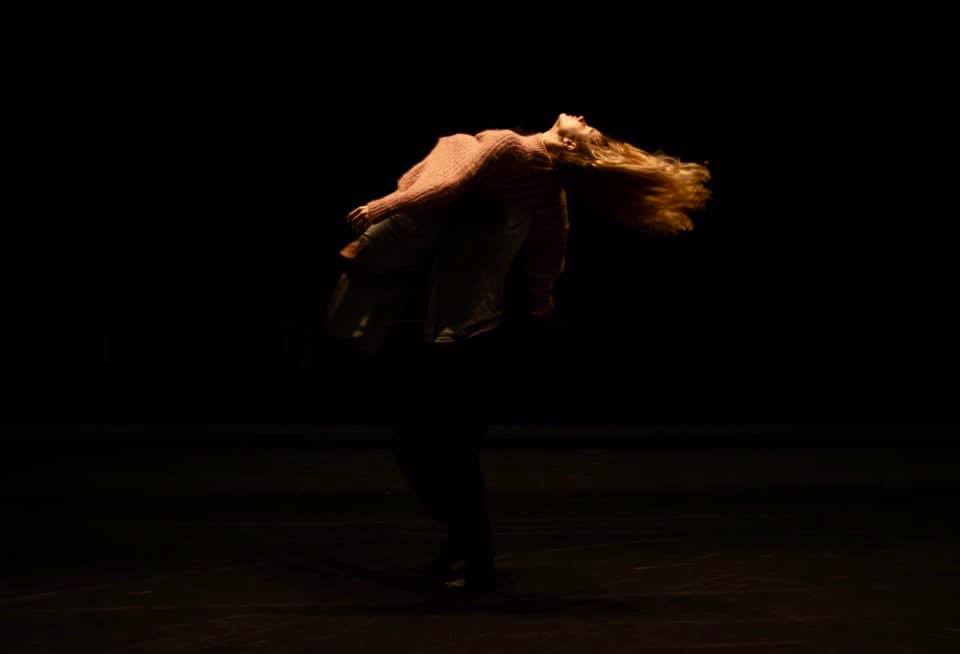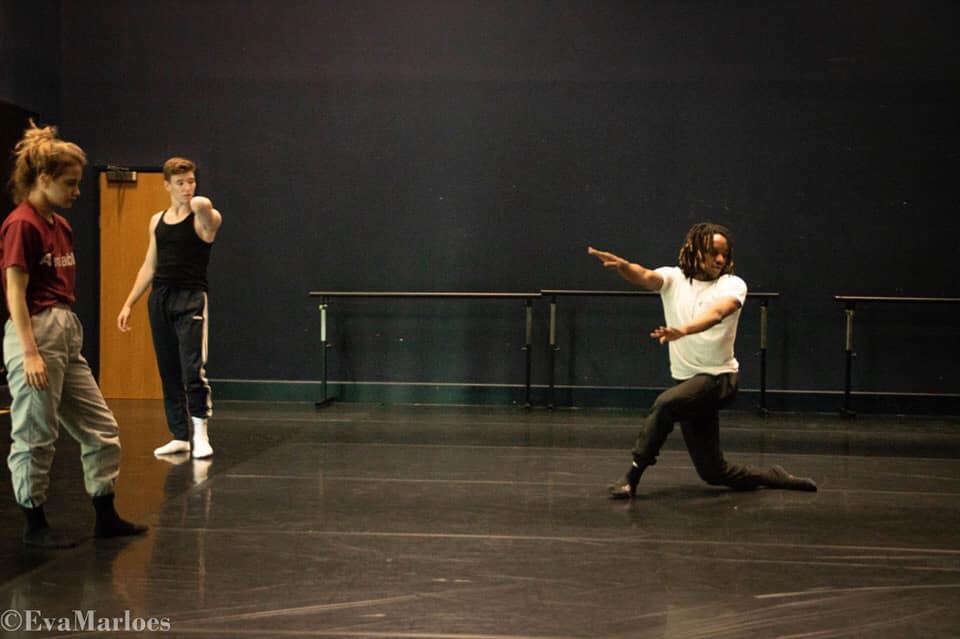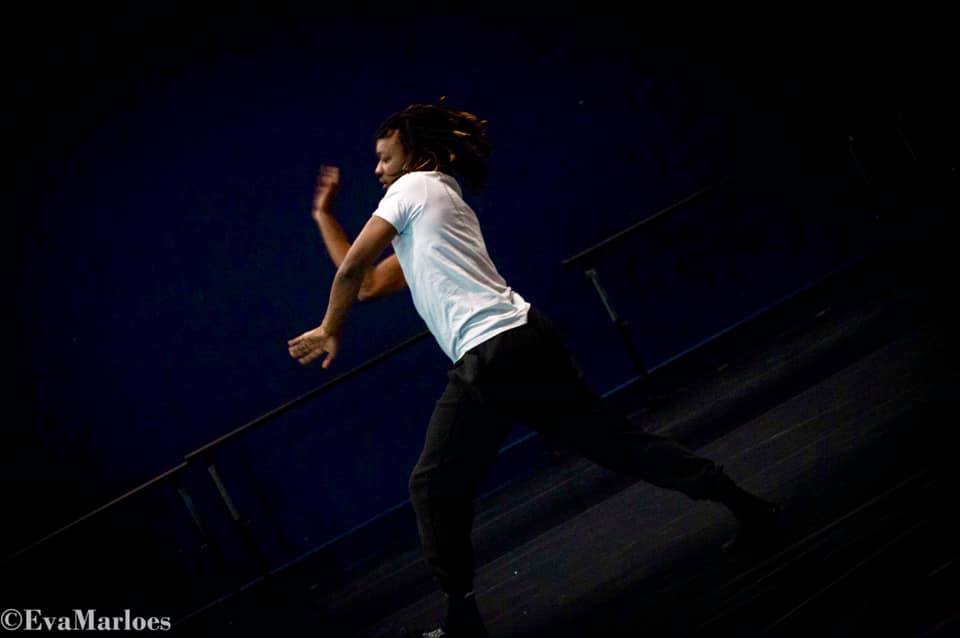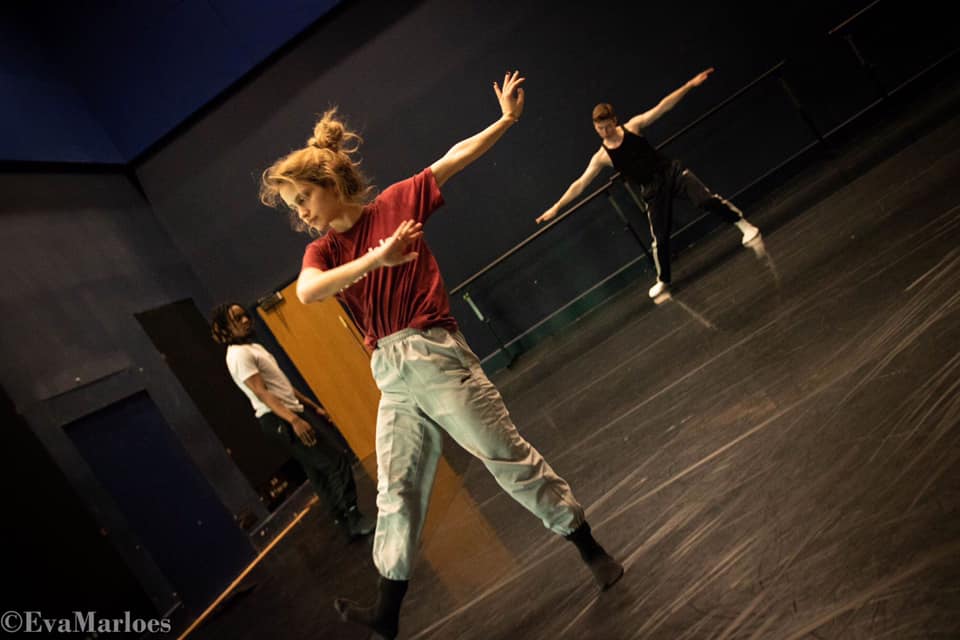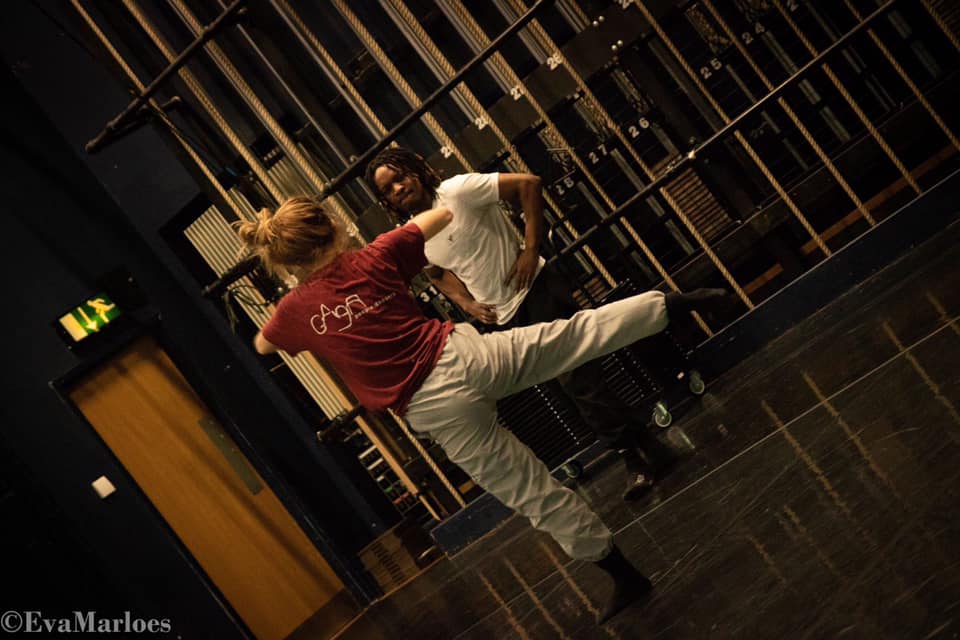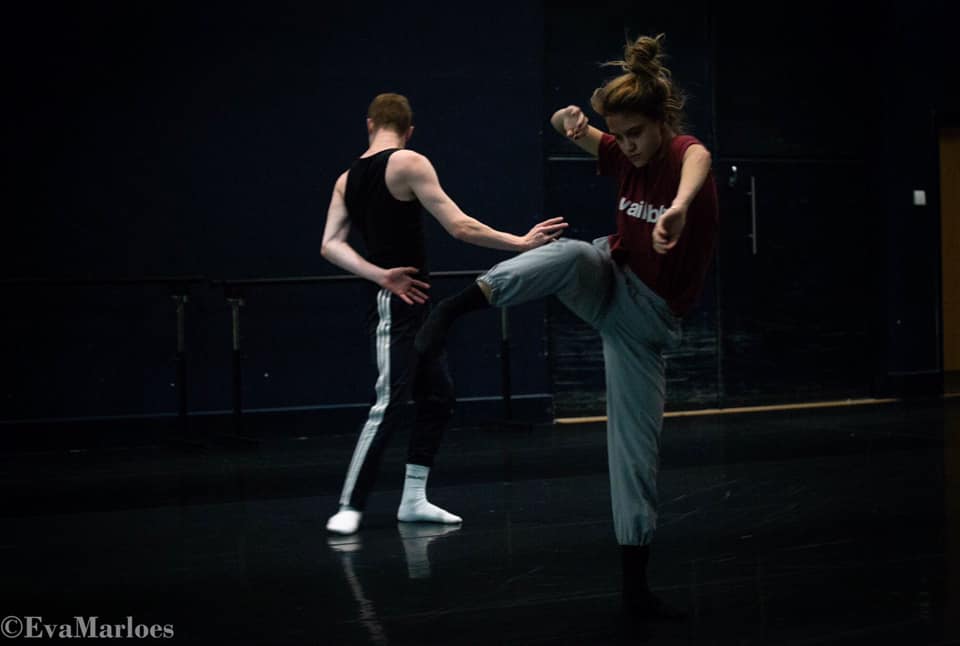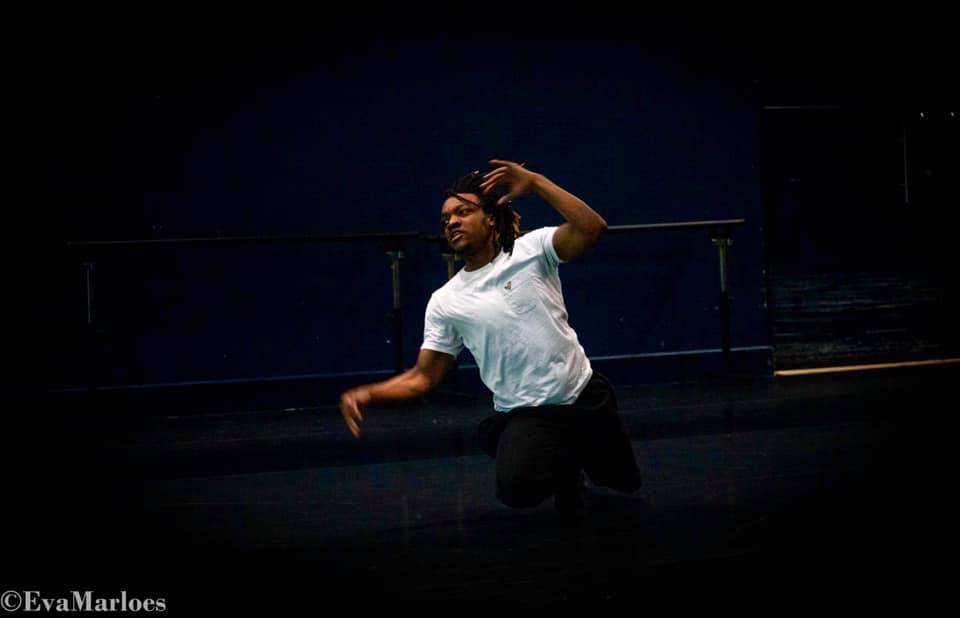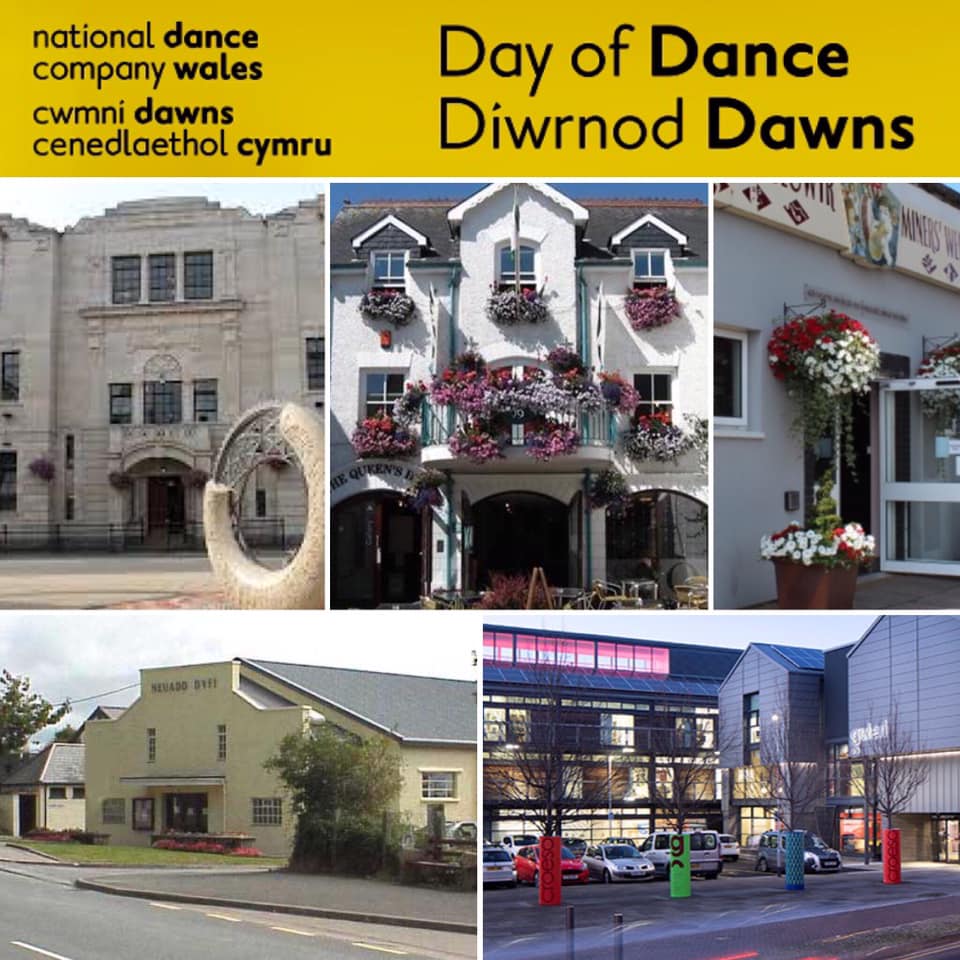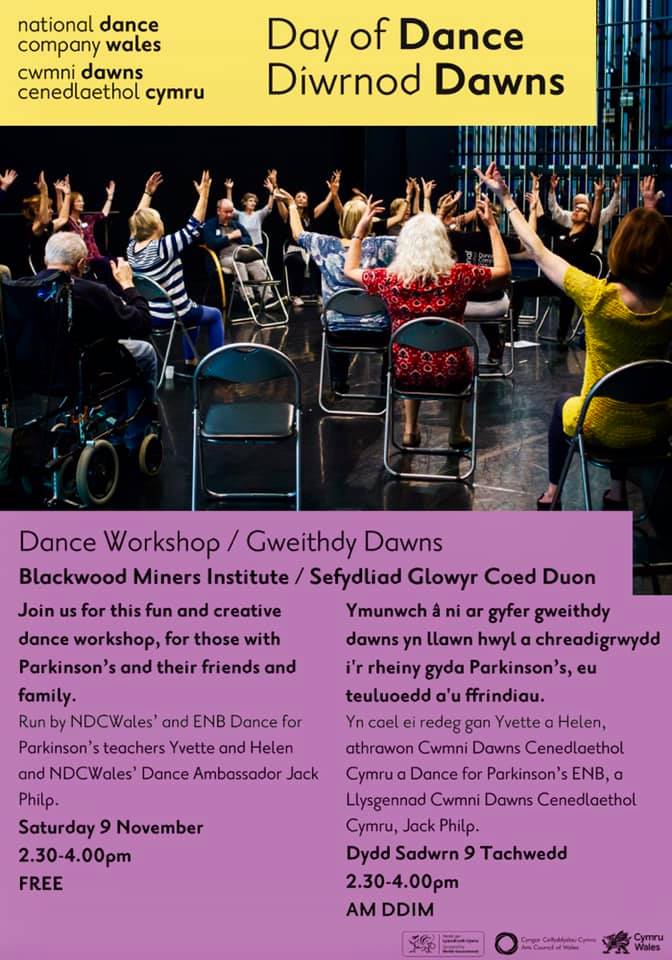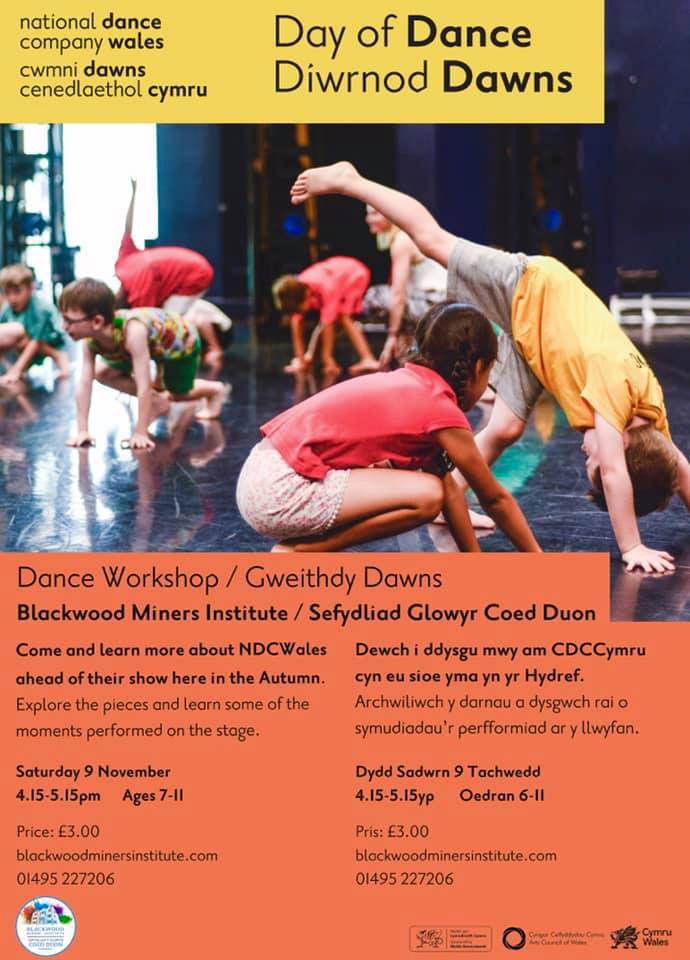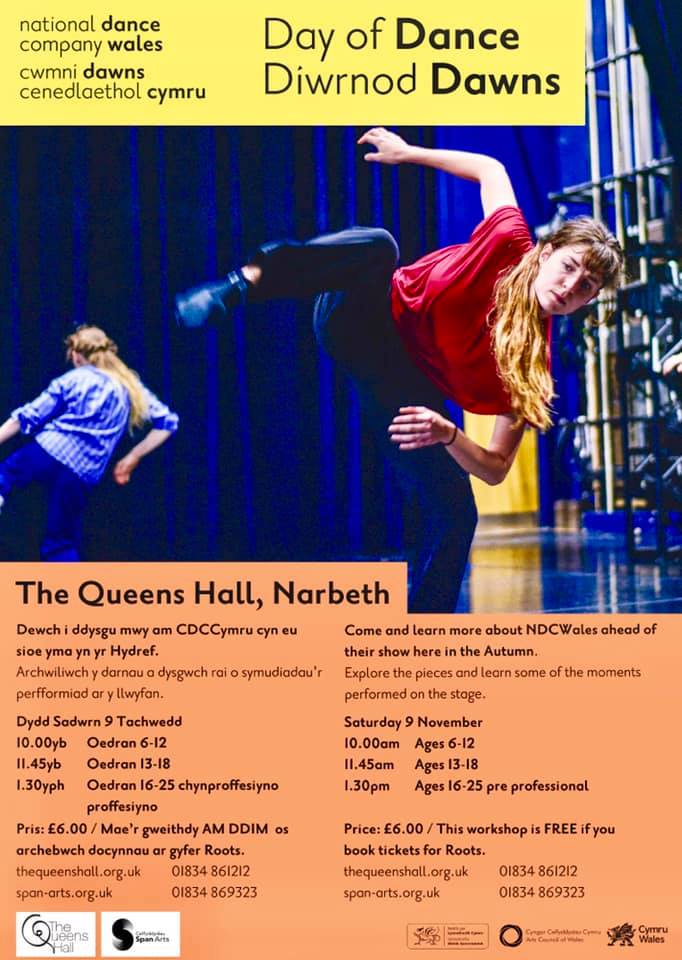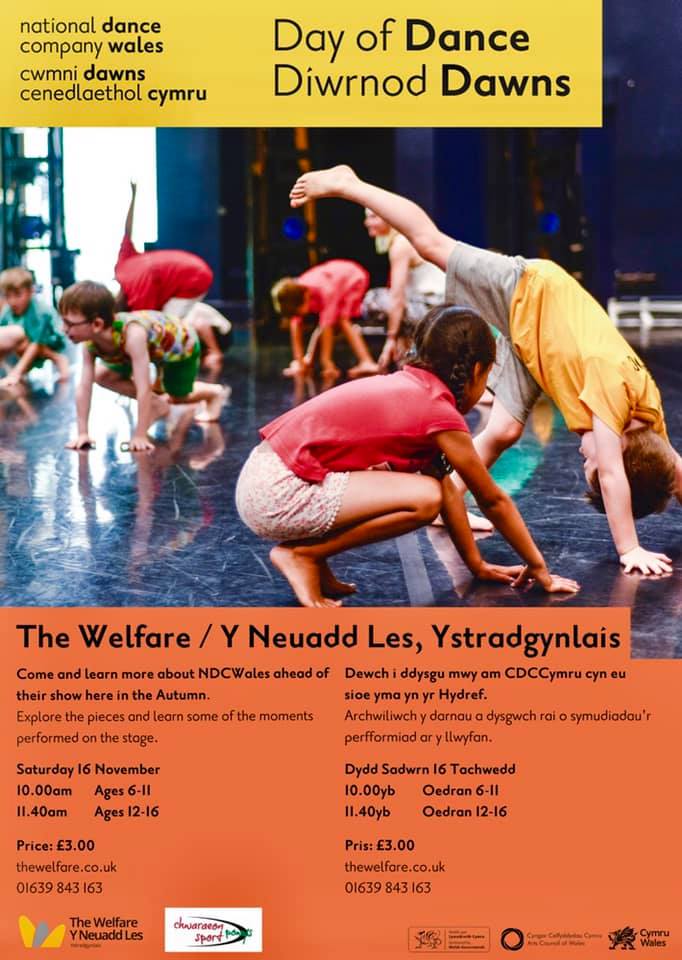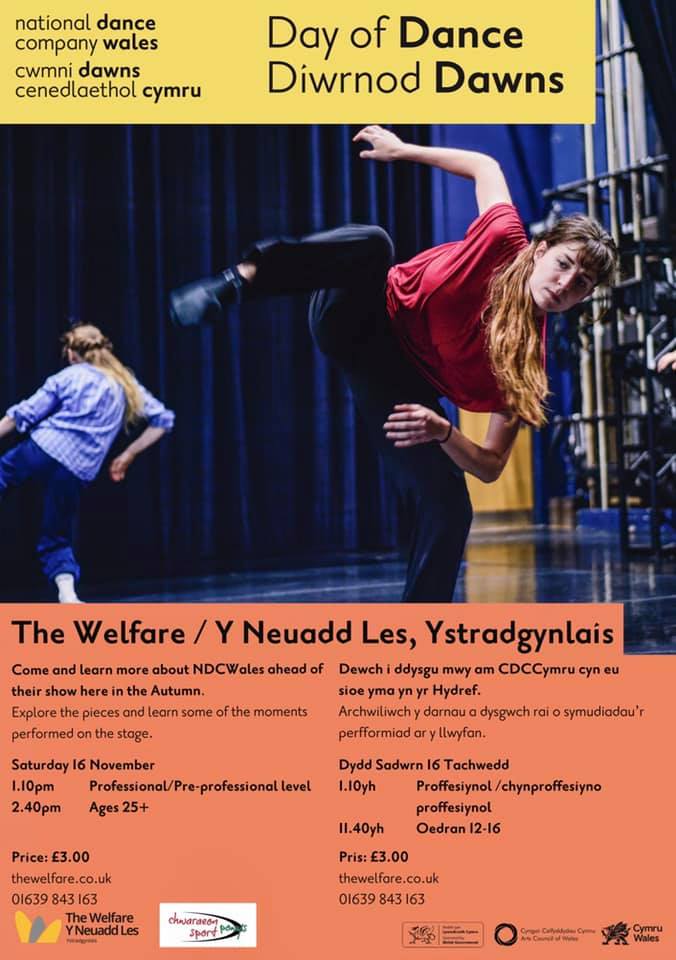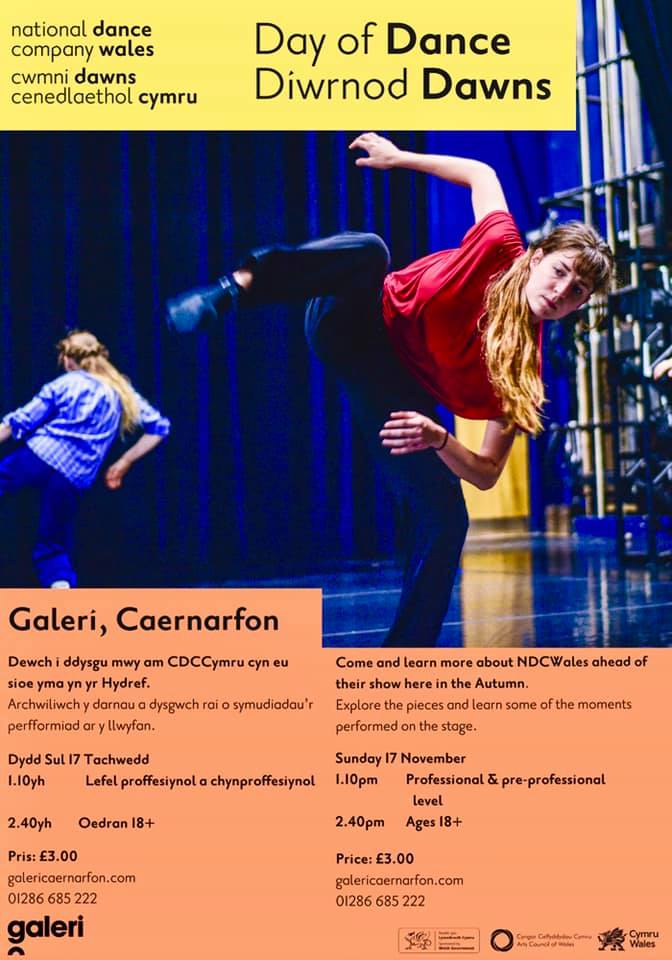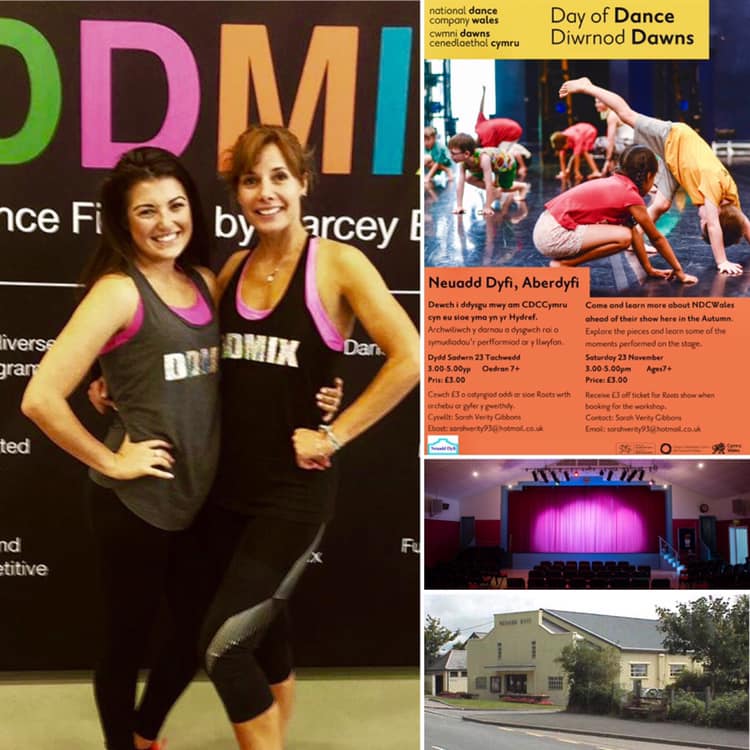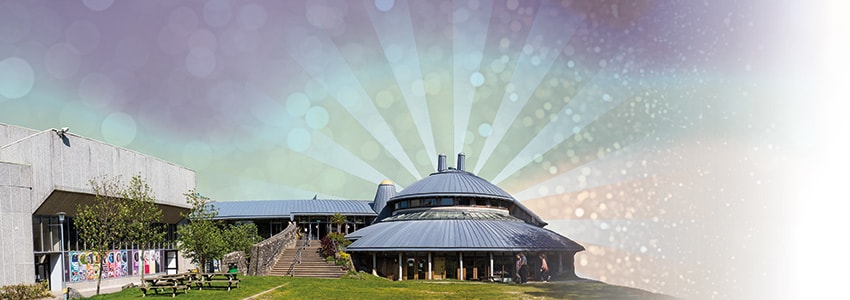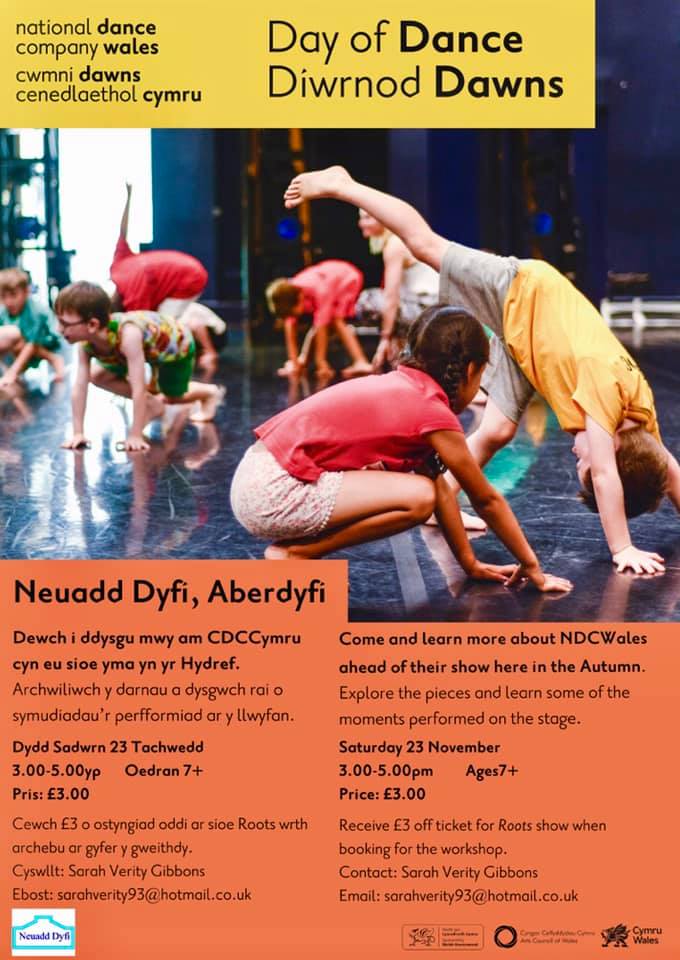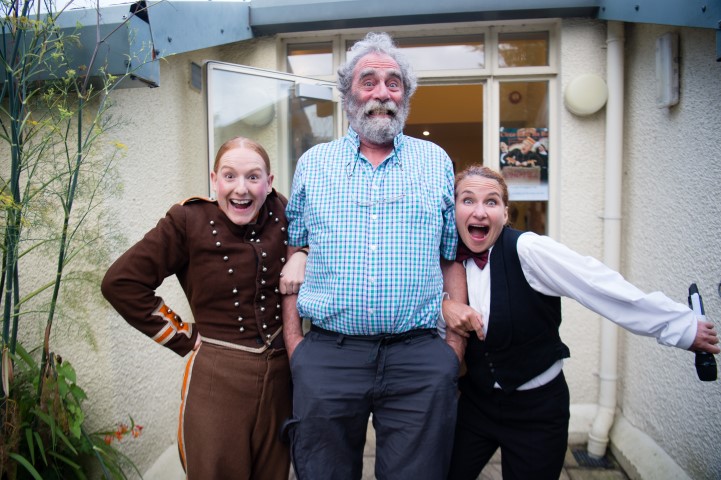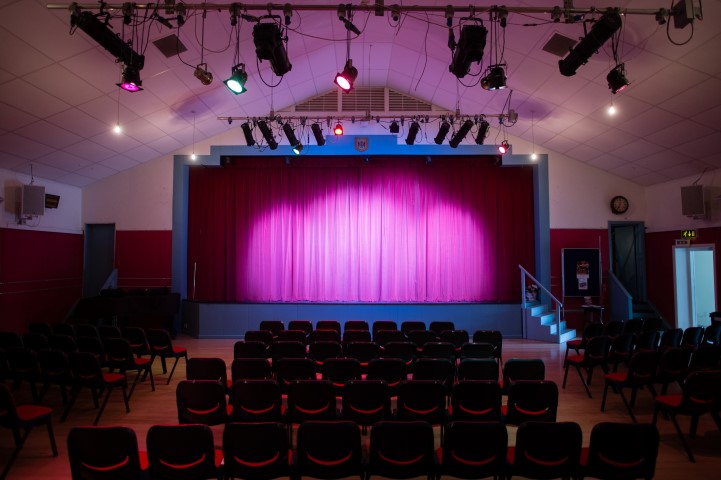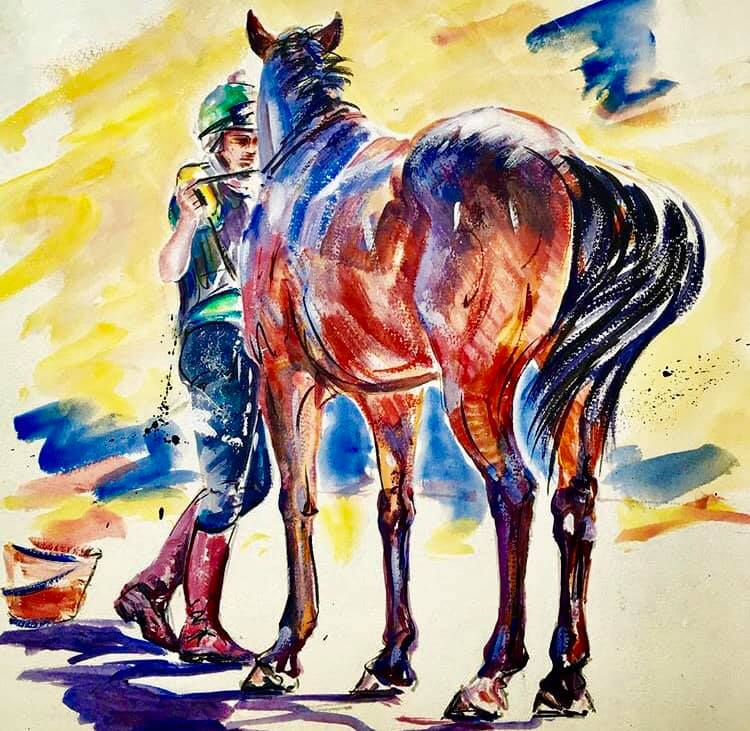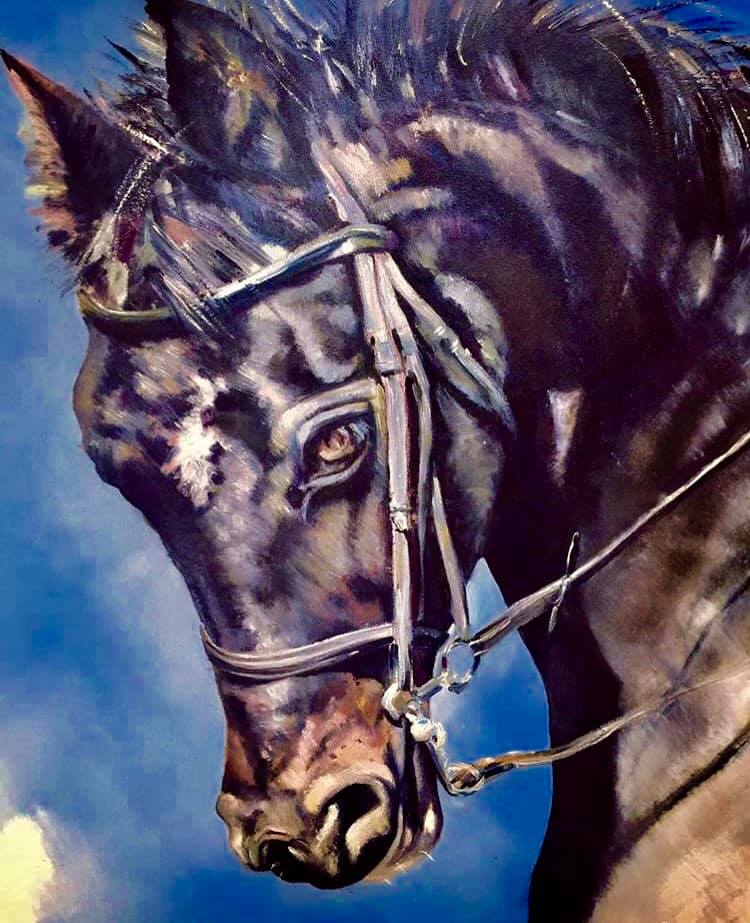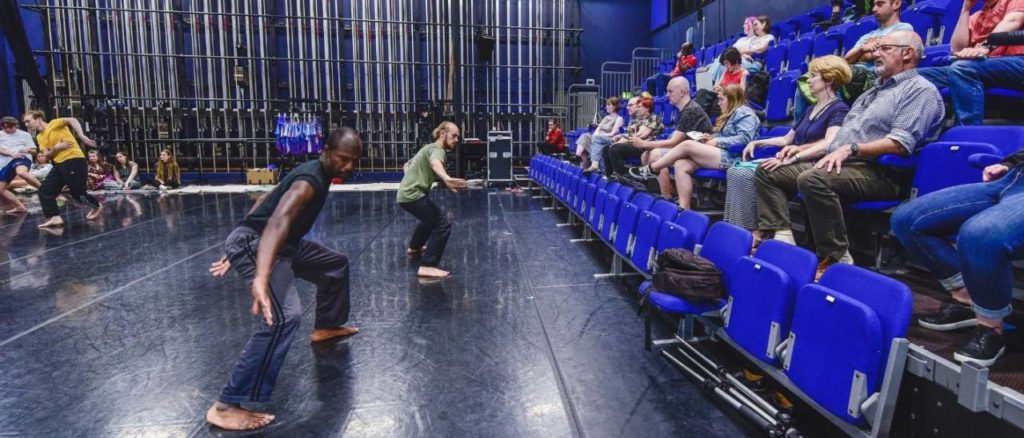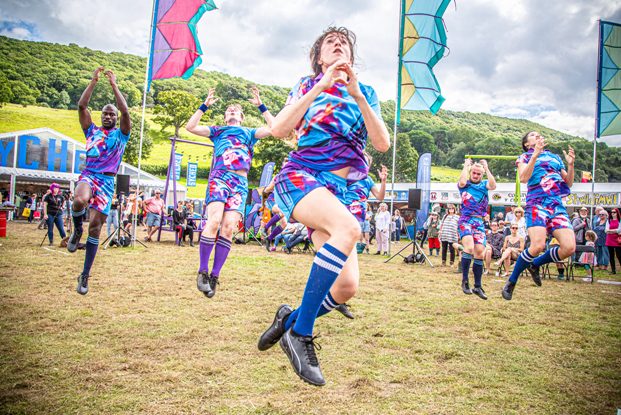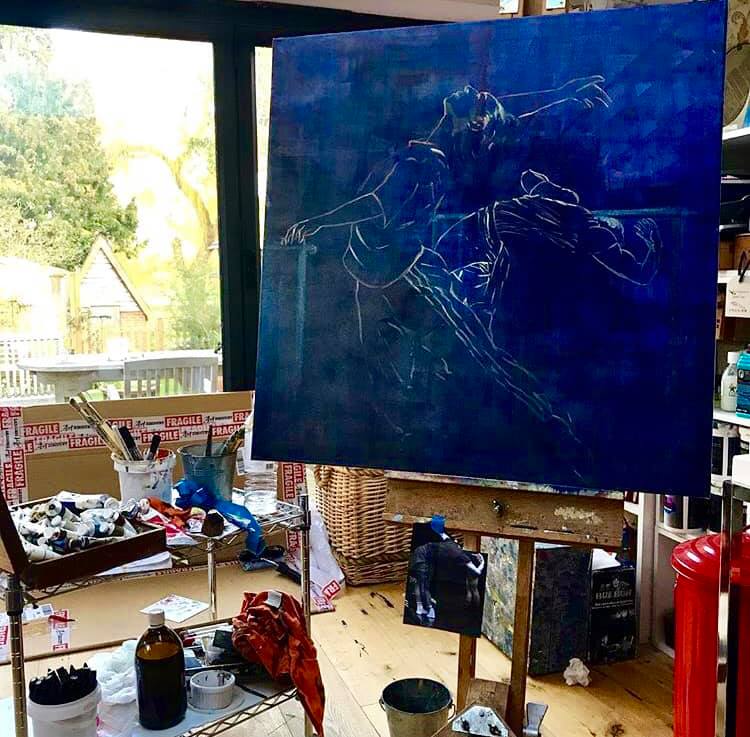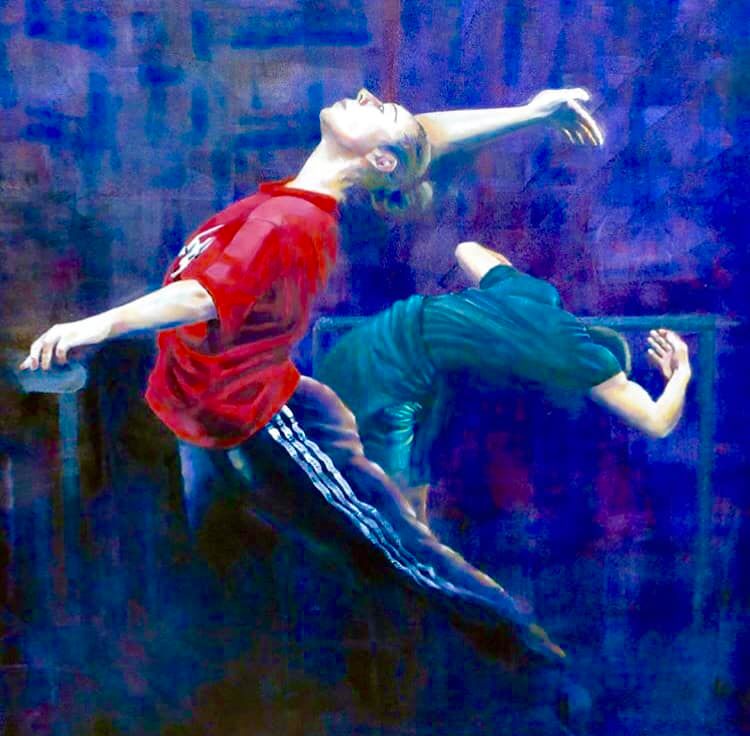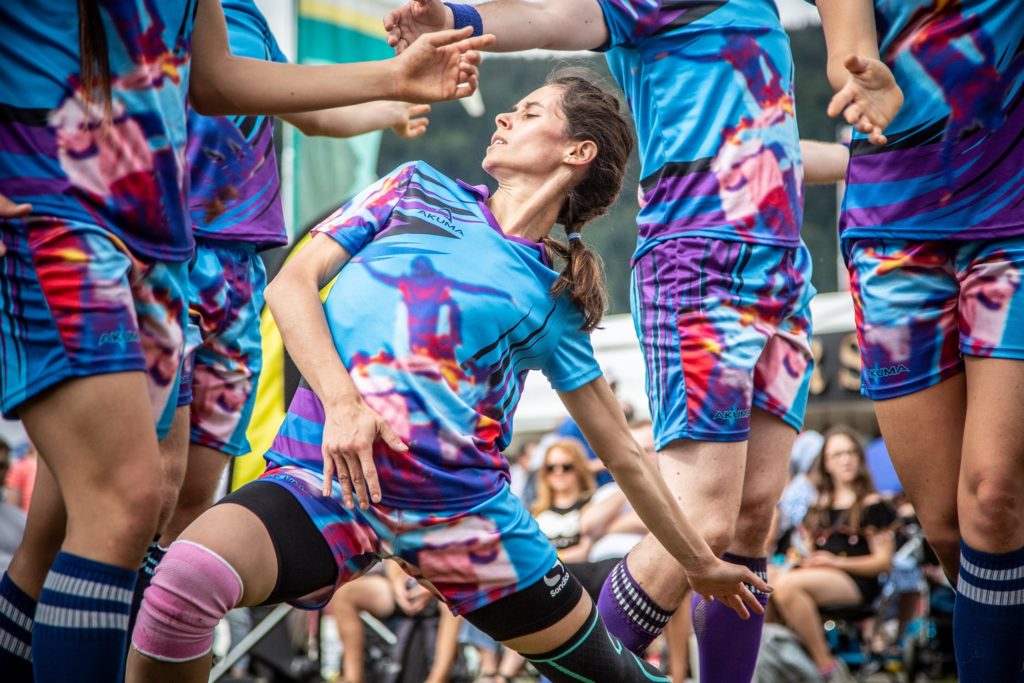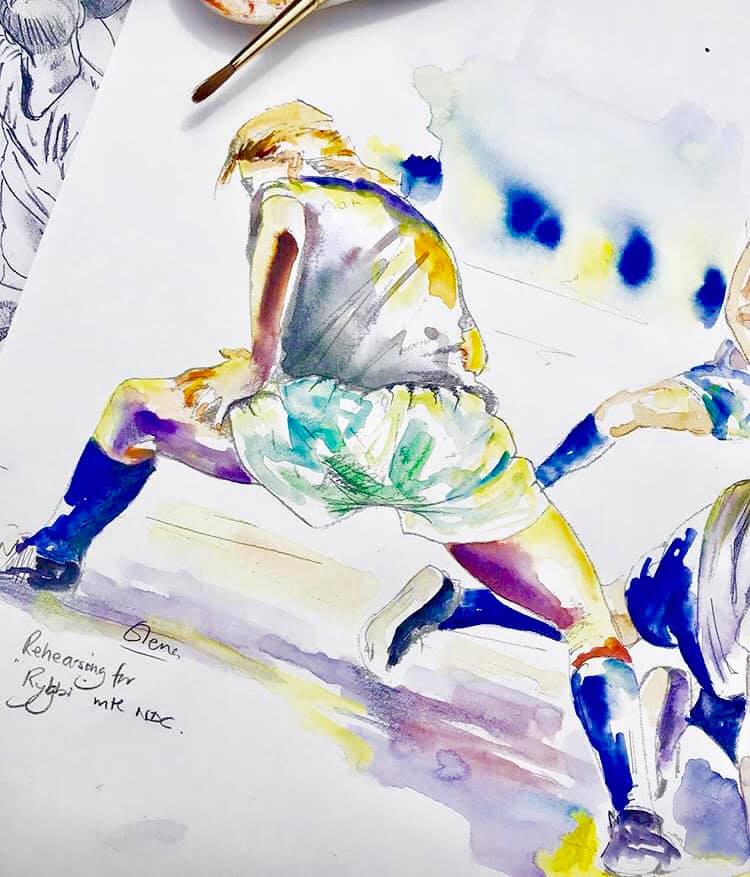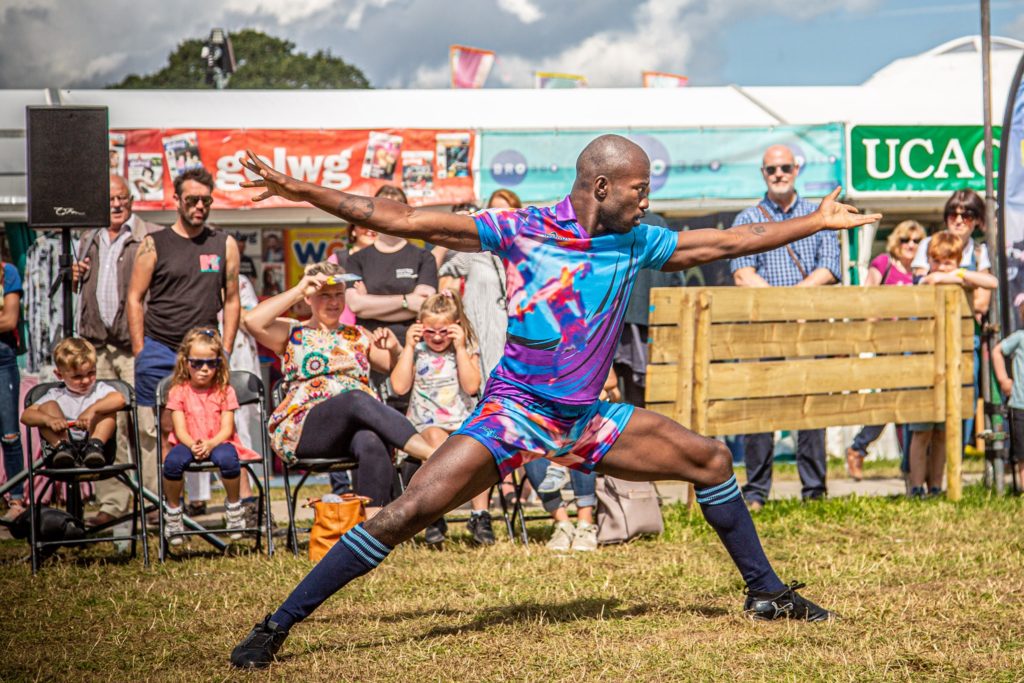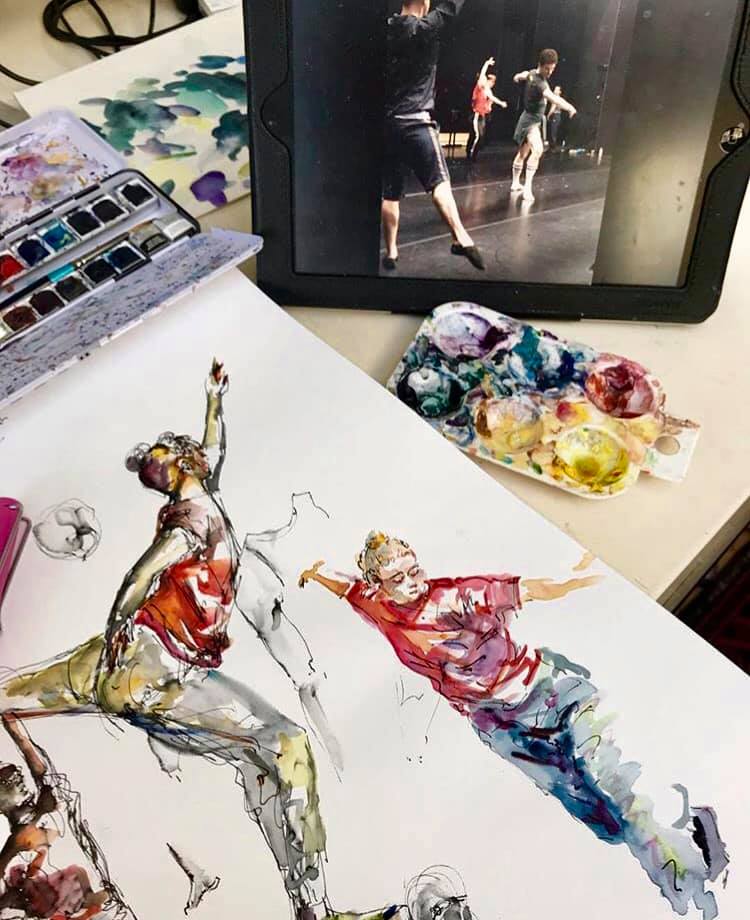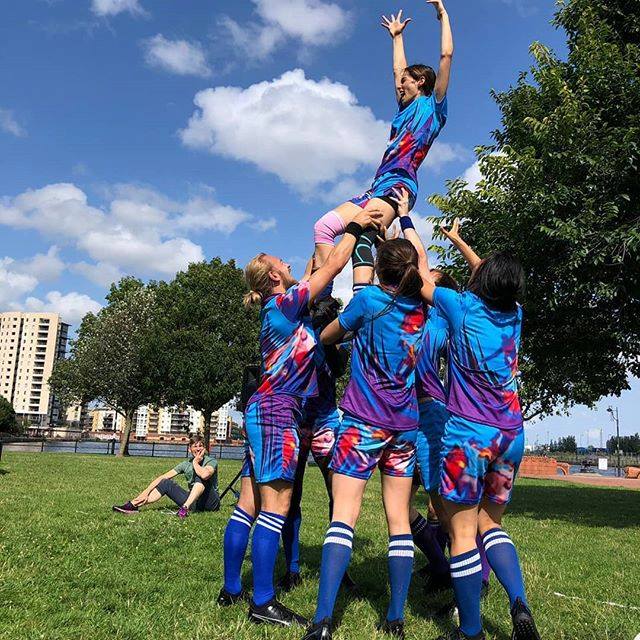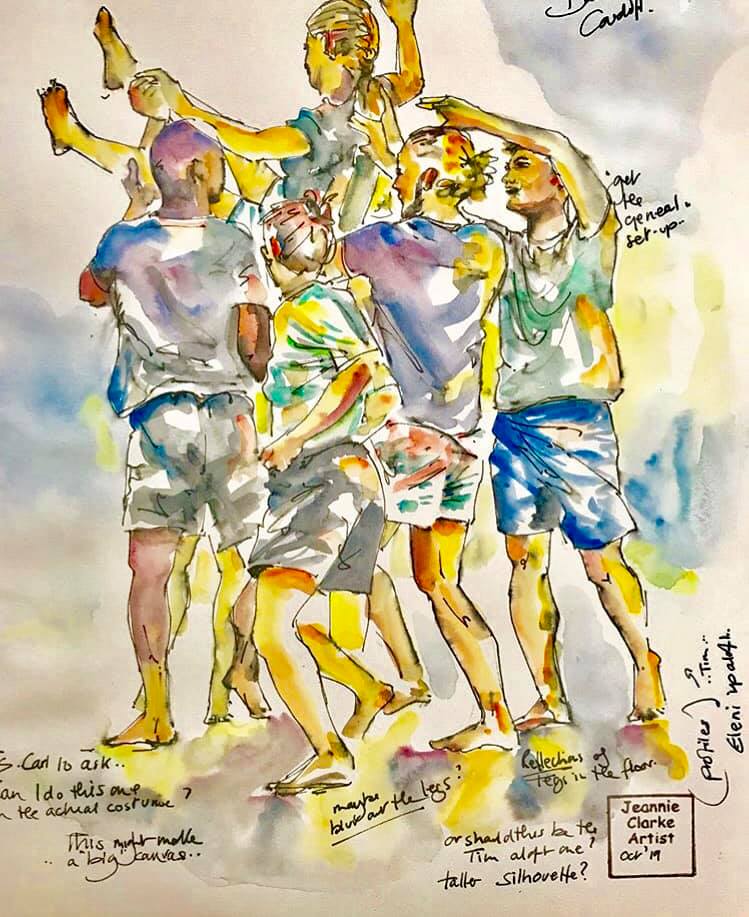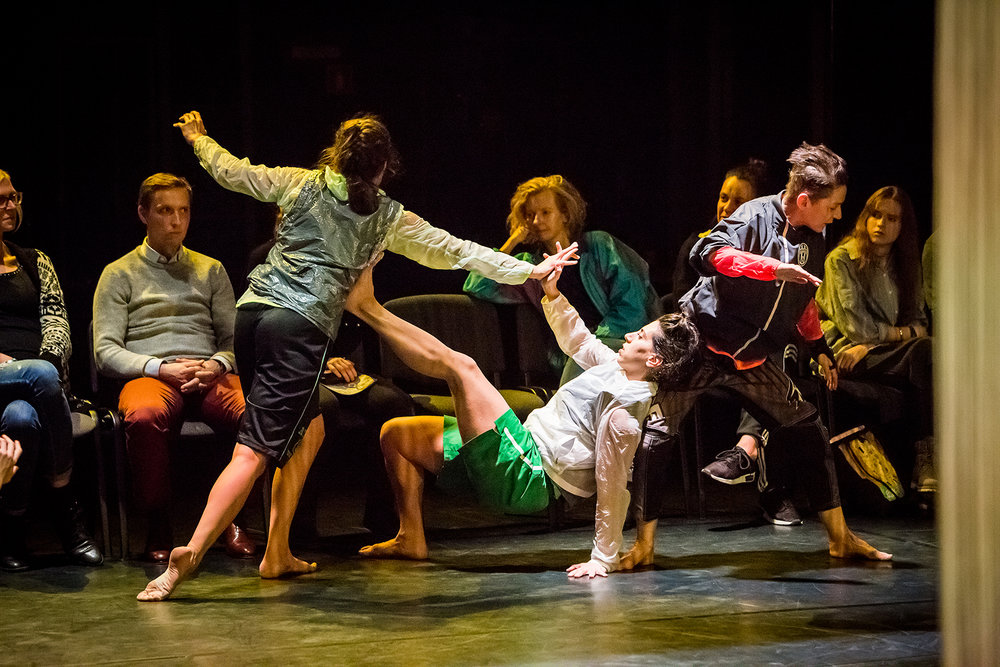Back from its recent international tour, National Dance Company Wales (NDCW) is now bringing contemporary dance across Wales with this year’s production of Roots. Two of the pieces, Rygbi: Annwyl i mi by Feargus Ó Conchúir and Codi by Anthony Matsena (who grew up in Swansea) explicitly reference Welsh culture and society.
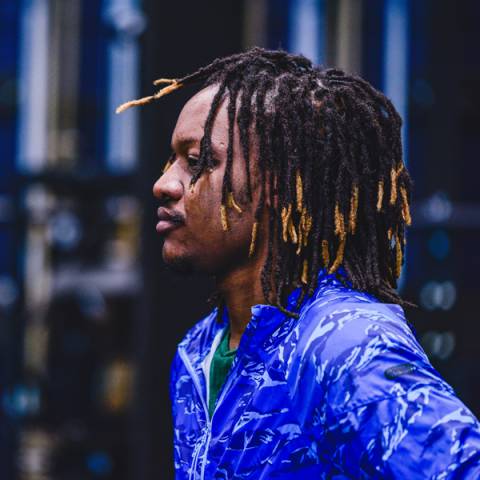
Rygbi portrays the shared effort of rugby players on the pitch, in triumph and defeat, while Codi (meaning uplift) explores how mutual support can lift up communities that have been suffering from economic and social deprivation.
The Roots tour aims to be understandable to audiences across Wales; yet it is not an exercise in pleasing an audience with familiar themes and symbolism. It speaks of Wales in the language of dance from the richness of the diverse backgrounds and experiences of NDCWales choreographers and dancers.
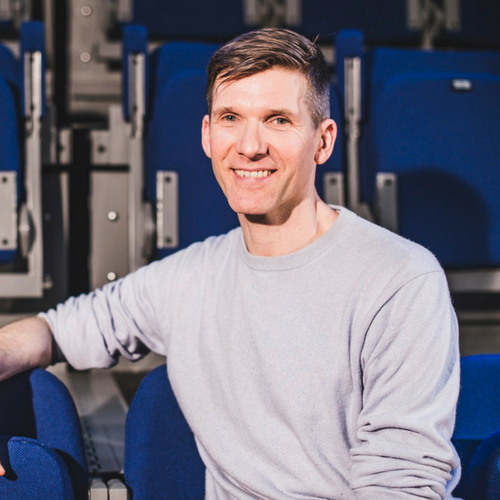
NDCWales Artistic Director, Feargus Ó Conchúir, brought up in the Ring Gaeltacht in Ireland, heads dancers and choreographers from Wales, England, mainland Europe and Singapore. In the companies recent international tour, they represented Welsh contemporary dance in Japan during the Rugby World Cup.
During its Welsh tour, Roots gets to the heart of Wales geographically, emotionally, and culturally. With performances in Mold, Cardiff, Blackwood, Ystradgynlais, Narberth, Aberdyfi, Caernafon, and Pwllheli, NDCWales shows a commitment to bring dance to diverse audiences in sometimes very small venues and confronting technical challenges.
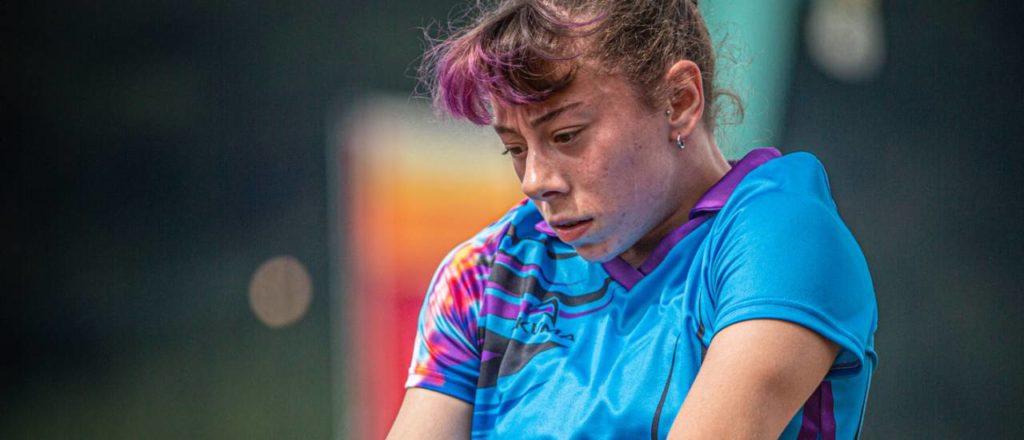
Aisha Naamani, a Welsh and Lebanese dancer with NDCWales, tells me how important Roots is for her, ‘it’s my favourite tour because you go to these small places and even if its not a large audience, it’s hard, but they go away with a brand new experience.’ Ó Conchúir’s piece Rygbi was first performed at the Eisteddfod. This is the first time NDCWales has done so. It has brought dance to a new audience. Aisha told me, ‘I’ve never performed in front of so many different people … We’ve had more of a turnout of men coming to watch the show and people genuinely stopped and watched … We spoke to many people about the piece itself.’
By taking contemporary dance out of the studio and bringing it outdoors and in small venues across Wales, NDCWales is at the forefront of making and sharing Welsh culture and identity. It challenges monolithic views of Wales and articulates a Welsh culture that is at once rural and urban, local and cosmopolitan, and, above all, enriched by diversity. Cultural identity is a conversation, always changing and always carried out by different people. Fearghus Ó Conchúir tells me, ‘national identity is something that is constantly being created and recreated; it’s not something that exists and you reflect or don’t reflect. So for me our role as the National Dance Company is to be part of the conversation that continues to define and redefine what national identity is.’
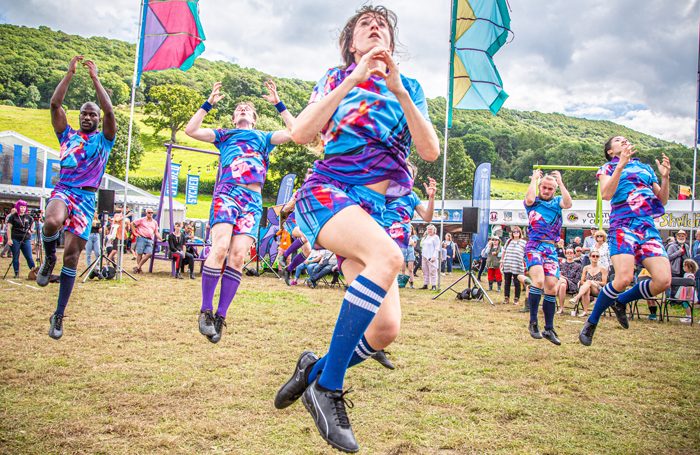
Like dance, an identity is fruit of collaboration, of individuals giving their own interpretation, and of the public being part of that conversation. So national identity is constructed by people who imagine and reimagine a place and a culture. For Ó Conchúir, ‘Welsh identity is defined by people who are born here and have left, people who are born here and stay, the ones who have just arrived, the ones who are passing through, we all make a place, even people who have never been here and we are thinking about Wales and are helping to imagine Welsh identity.’
The work of interpretation of Welsh culture by artists shows that there isn’t a single unchanging identity, to which one needs to be loyal. There is no homogeneous and authentic Welsh culture, but a range of identities within Wales and making Wales. Ó Conchúir tells me, ‘there are all kinds of people living in Pwllheli. … If I had assumed that where I grew up in Ireland, which was an Irish-speaking area, with a very strong traditional culture. If everyone assumed that that was the only thing that applied there, then I wouldn’t have found a route to where I am now.’
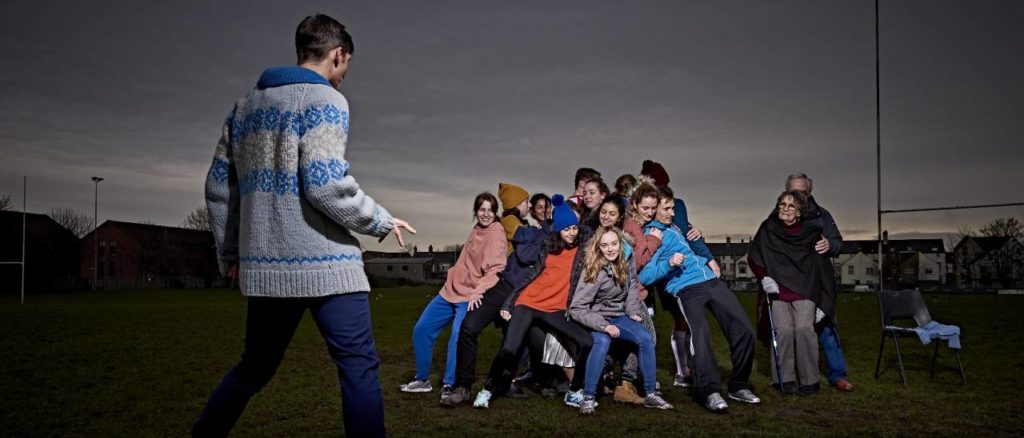
Ó Conchúir, who studied ancient Irish literature, tells me that, in the ancient Irish myths, people moved continuously between Ireland and Wales. They were ‘popping over, like we go over to Newport, they go over and consult A seer or something or they go and see a warrior and come back, it just, reminds me that mobility and exchange and mixing has always been happening.’
It is in the mixing where art happens. Contemporary dance incorporates movements from different sources, be they different dance styles, sport, martial arts, everyday movements, and gives it a shape to explore what it means to be human. Contemporary dance is a plurality of styles, languages of movements, and inspirations held together by a shared structure. The dance emerges from the synergy of disparate elements, from dancers expressing their individuality while also making space for others, and from pushing physical and symbolical boundaries. Contemporary dance holds difference and is made through difference. It is the perfect metaphor and embodiment for those aspiring to a pluralistic country.
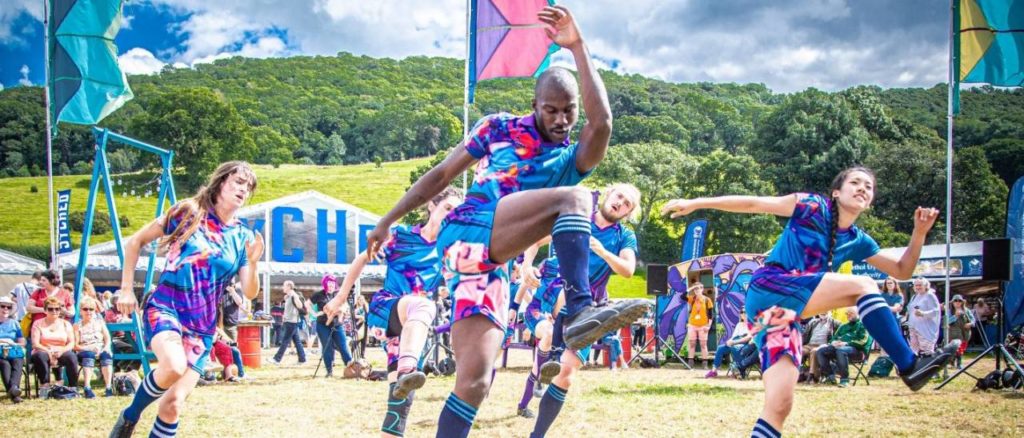



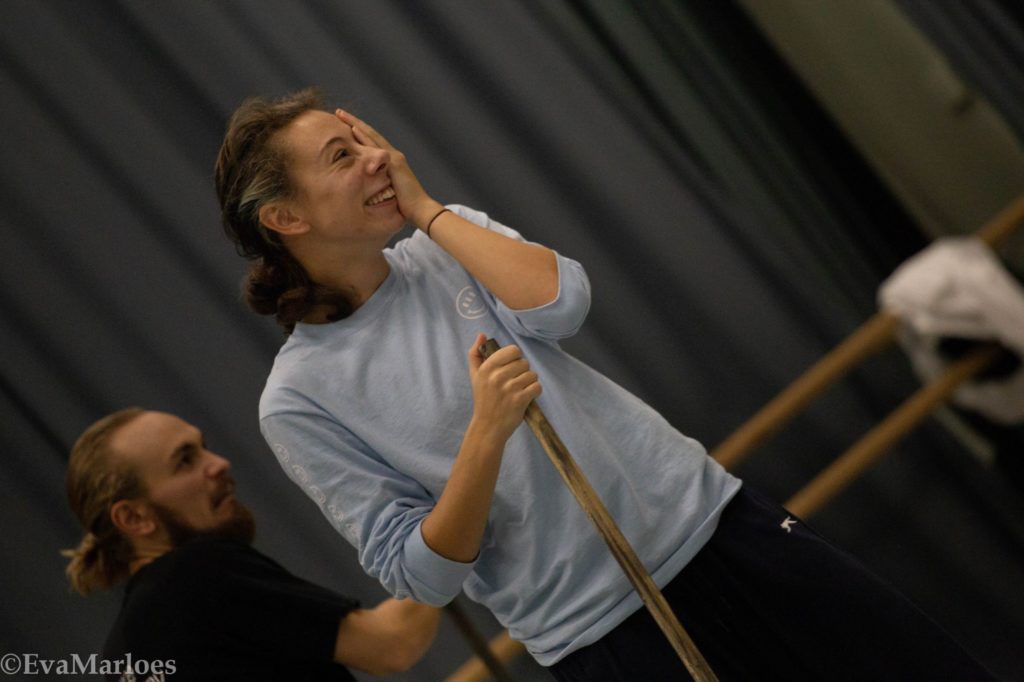

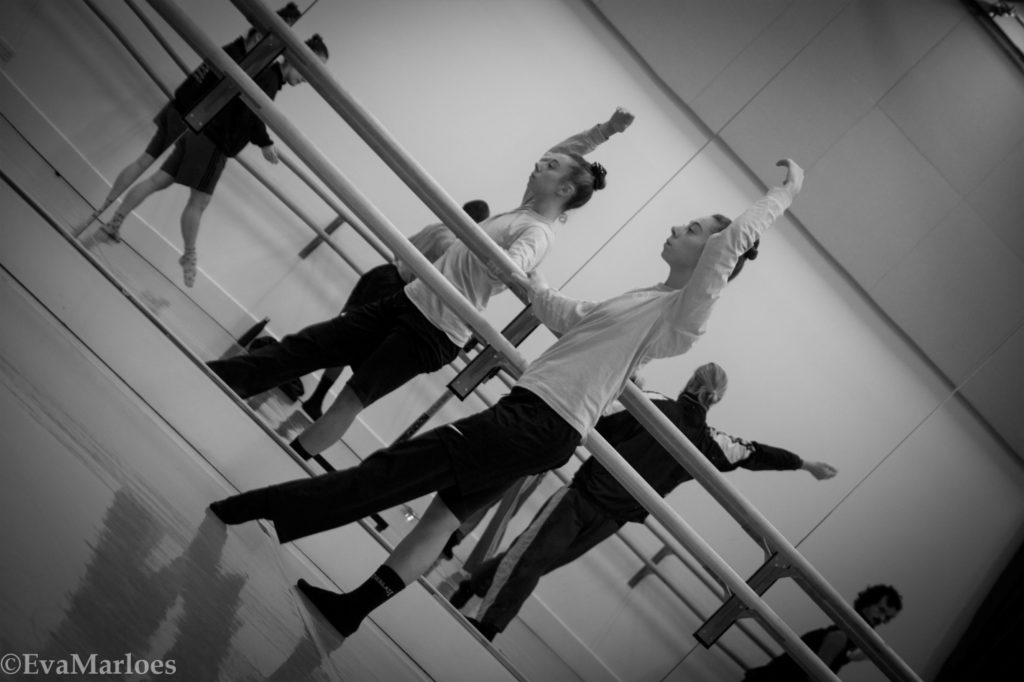
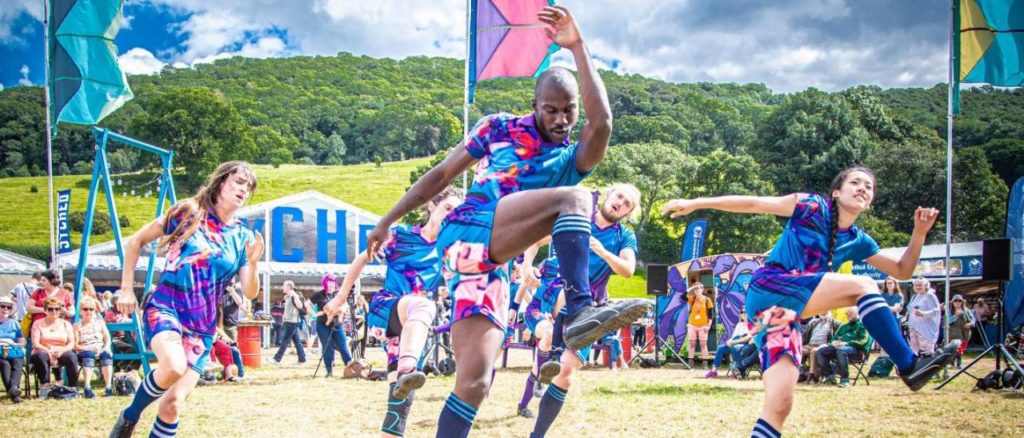
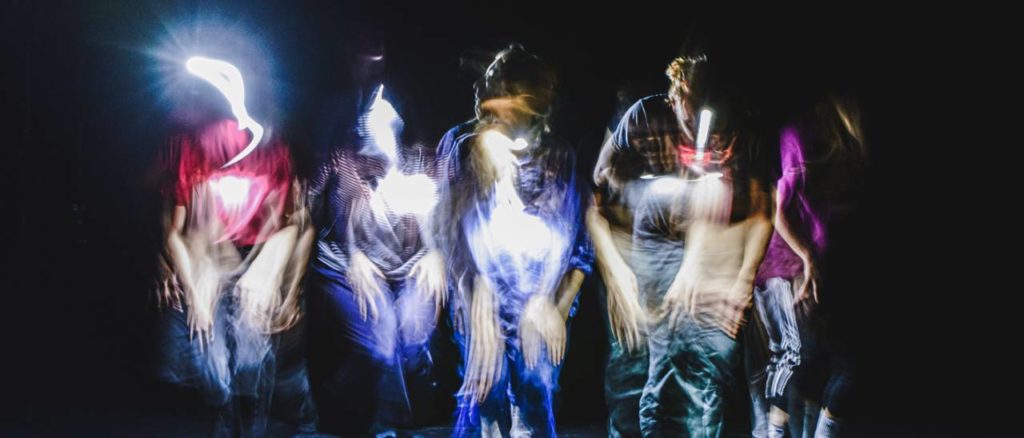

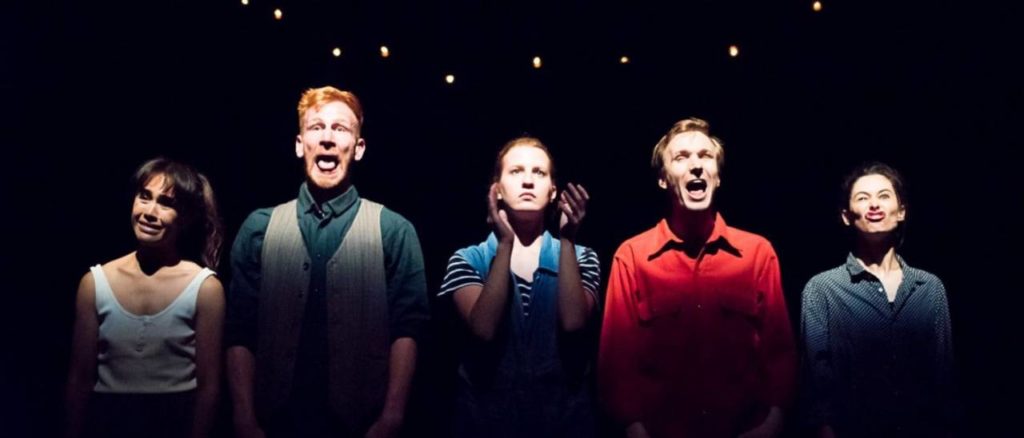
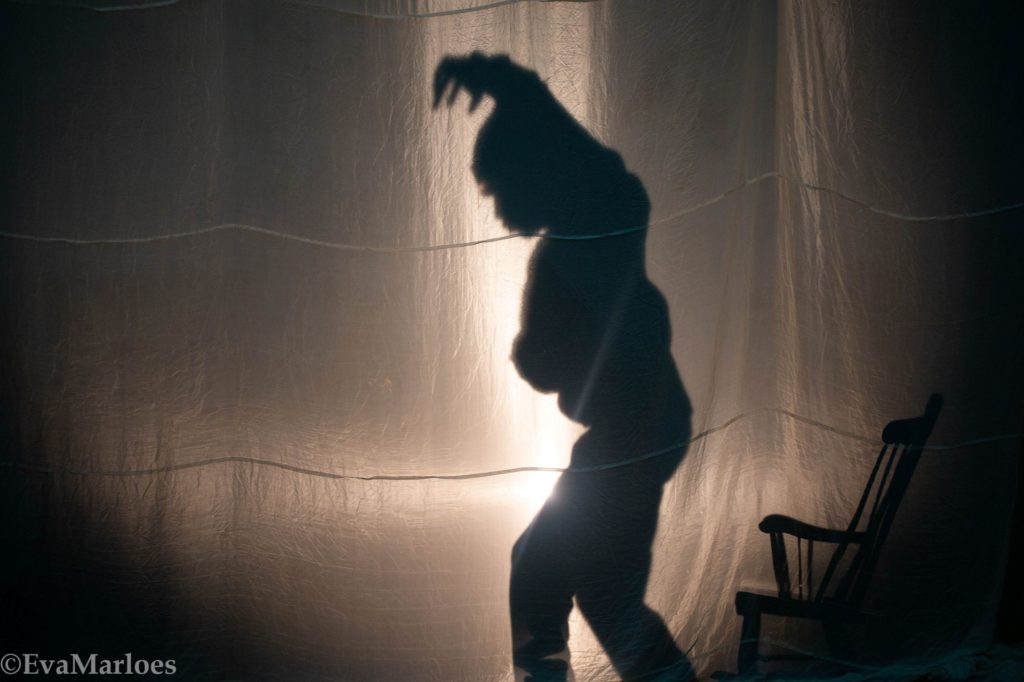
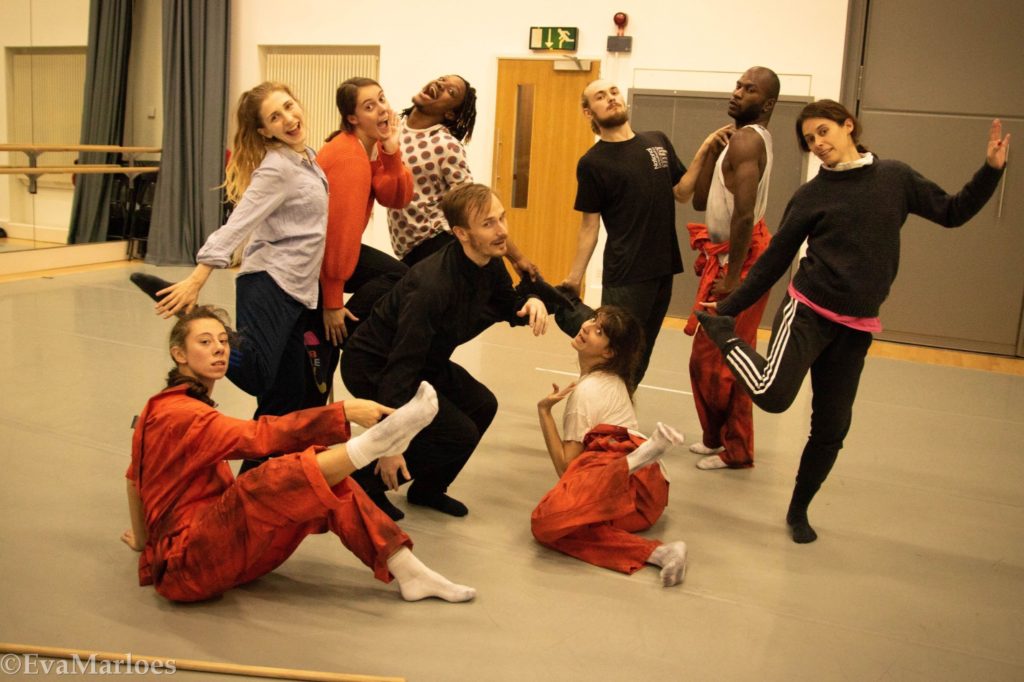
 (3 / 5)
(3 / 5)
